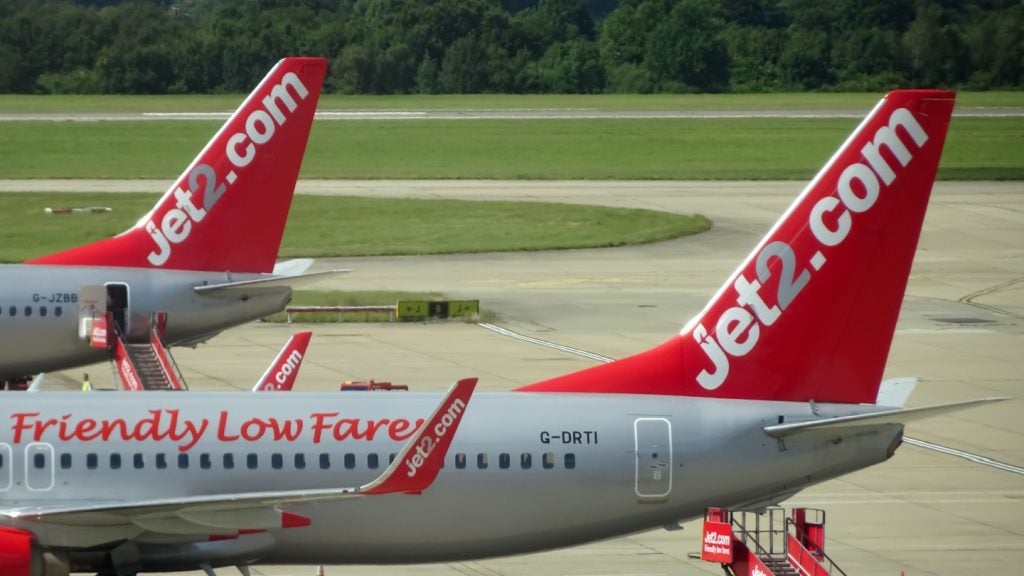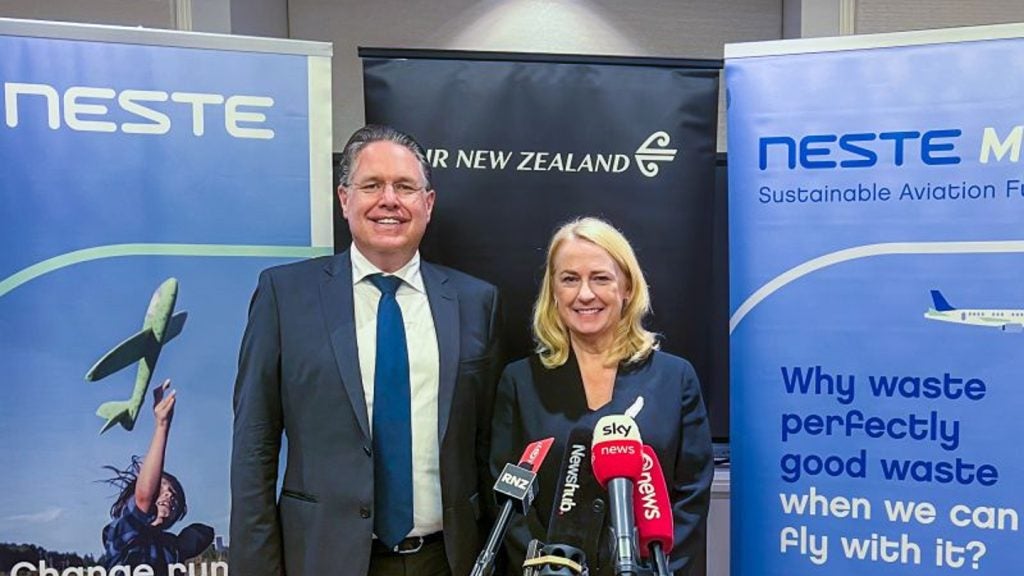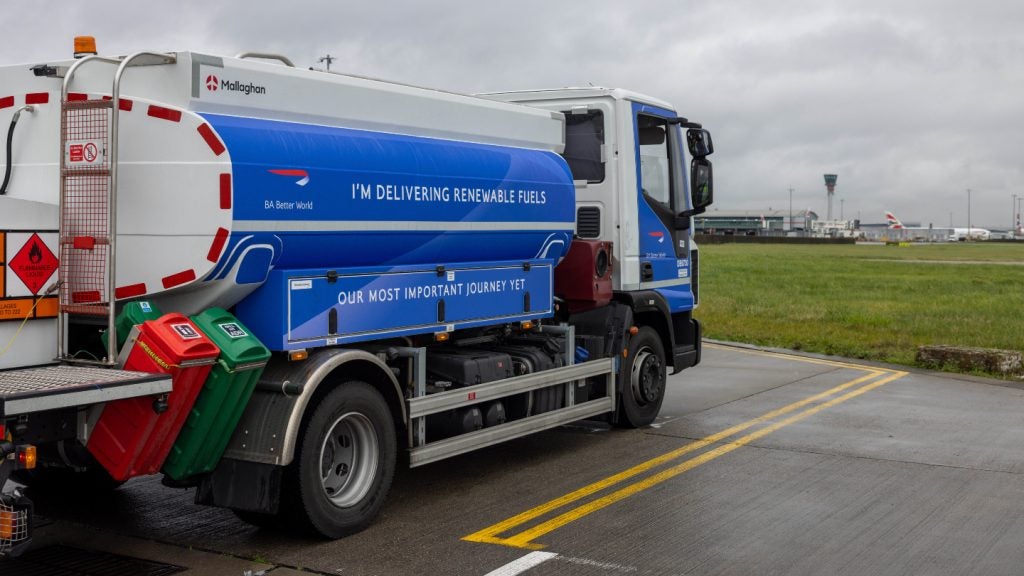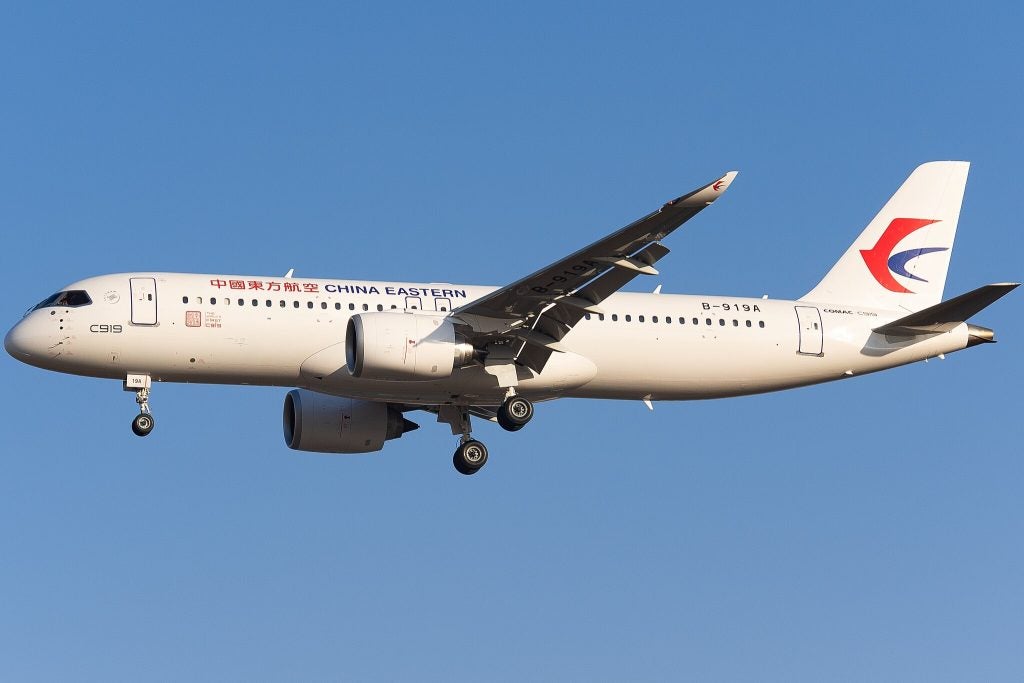
Filip Cornelis is director for aviation (DG MOVE Directorate E) in the European Commission, in charge of aviation since 2017. He joined the Commission in 1994, and his previous positions include head of unit for aviation policy, head of unit for aviation safety, and head of unit for aviation security.
Julian Turner (JT): What is the Single European Sky (SES) initiative and how does it propose to improve aviation’s environmental footprint?
Filip Cornelis (FC): Air traffic management (ATM) in Europe needs to be reformed to cope both with sustained air traffic growth over the last decade and with significant unforeseen traffic variations such as the one caused by the Covid-19 pandemic.
This requires changes allowing operations to take place under the safest, most cost and flight-efficient and environmentally friendly conditions – as well as measures contributing to the reduction of aviation emissions – to contribute to the objectives of the European Green Deal. This includes increasing flight efficiency to reduce aviation’s environmental footprint.
On 22 September 2020, an amended legislative package was presented to legislators to address two main challenges. Firstly, the need for a system with scalable air traffic control (ATC) capacity, capable of managing aircraft in the safest and most economically and environmentally friendly way, minimising delays and extra fuel burn and emissions, inconvenience for passengers, and congestion.
How well do you really know your competitors?
Access the most comprehensive Company Profiles on the market, powered by GlobalData. Save hours of research. Gain competitive edge.

Thank you!
Your download email will arrive shortly
Not ready to buy yet? Download a free sample
We are confident about the unique quality of our Company Profiles. However, we want you to make the most beneficial decision for your business, so we offer a free sample that you can download by submitting the below form
By GlobalDataSecond, the continued need to reduce aviation’s environmental footprint through appropriate ATM measures, knowing that such measures can contribute directly and indirectly to such reductions.
JT: To what extent is the European Commission’s upgrade of the Single European Sky (SES) regulatory framework motivated by the European Green Deal?
FC: The initial SES2+ proposal was presented in 2013, but negotiations on it stalled, among other issues, due to divergences over the status of Gibraltar airport. In 2018 and 2019, a lack of ATC capacity in some areas led to significant congestion and delays, and crisis measures for the network had to be implemented, demonstrating once more that the sector was still in dire need of reform.
Proposing an upgrade of the SES regulatory framework was therefore an opportunity to give new impetus to the reform and introduce elements that would help to further digitalise air traffic management (ATM), and make it more resilient, scalable and sustainable. The European Green Deal was a key driver in proposing this reform. It recognises the environmental benefits the SES can potentially generate – we must act on all possible fronts to tackle the environmental challenge.
Covid-19 is proof that the European ATM system must be able to respond to fluctuations in air traffic demand (i.e. be more scalable), so it is another confirmation that there is no time to waste and it is urgent to make the necessary upgrades now, before air traffic returns to its pre-crisis levels.
JT: Why do aircraft currently have to zigzag between different blocks of often congested airspace and take longer routes, and what is the environmental impact?
FC: Zigzagging becomes frequent when, for example, air traffic levels increase significantly more than was forecasted, or ATC capacity is too low, leading to congestion in the airspace. The recently adopted regulatory proposals encourage better flight efficiency during most or all flight phases.
Enabling a continuous descent approach and direct routing – as opposed to zigzagging through different airspace blocks or aircraft flying at lower altitudes, thus burning more fuel – is the most effective of the proposed network reforms. The network manager will have a stronger coordination role in pursuing this goal, working closely with the performance review body that looks after the service quality and charging by the air traffic service providers designated by the member states.
There will also be the possibility to introduce a common unit rate to discourage airlines from shopping for cheaper charges and accepting higher fuel burn. Better civil-military cooperation can free up airspace blocks for civil aircraft when the military is not operating and enable a ‘gate-to-gate’ approach. The capacity on the ground has to be connected to the capacity in the air. This is why the network manager will also take into account real time operations at relevant airports to avoid possible bottlenecks and ensure the optimal functioning of the network.
In terms of environmental performance, average additional arrival sequencing and metering area time at the top 30 European airports in 2019 increased by 0.1 minutes per arrival compared with 2018, at 2.17 minutes per arrival. The average additional taxi‐out time was 4.22 min per departure in 2019, a slight decrease compared with 2018 but still significantly above 3.80 minutes in 2017.
JT: Which specific elements of the SES does the upgrade relate to and what are the key objectives?
FC: The main elements of the SES proposal address the key objectives of sustainability, digitalisation and efficiency of the sector.
Our proposal aims to tap into all the opportunities to reduce the environmental impact of aviation. In addition to reducing congestion through better network management and more efficient service provision, the proposal also addresses this through the charging scheme. There is therefore an obligation to modulate ANS charges on the basis of the environmental footprint. There is also a possibility to introduce a common unit rate to incentivise airspace users to operate direct routes.
JT: How will the Single European Sky ATM Research (SESAR) project enable the environmentally sustainable development of air transport?
FC: The SESAR project is designed to modernise the European and global ATM system. Coordination between the phases of the project needs to be strengthened. The European ATM Master Plan (time scale approximately 15 years) should result from the SESAR definition phase, and should contribute to achieving the Union-wide performance targets (timescale two to five years).
Better coordination between the different phases of the SESAR project, and between the different institutional actors, will help ensure that technological solutions are interoperable, and it will help identify whether specific issues should be best addressed at local level, or at network level, with a view to ensuring a well-performing network.
In Europe, for example, 18 airports are expected to extend their arrival management to en route airspace and five airports are expected to operate arrival and departure management in an integrated manner, allowing for optimum utilisation of runways. A further 18 airports are expected to synchronise the departure management with pre-departure sequencing in order to reduce taxi times, increases air traffic flow management-slot adherence and predictability of departure times.
Finally, 30 airports are expected to fully participate to the gate-to-gate approach, providing real time information to the network manager and 18 are expected to implement airport safety nets that alert air traffic controllers when aircraft and vehicles deviate from air traffic control instructions, procedures or route.








